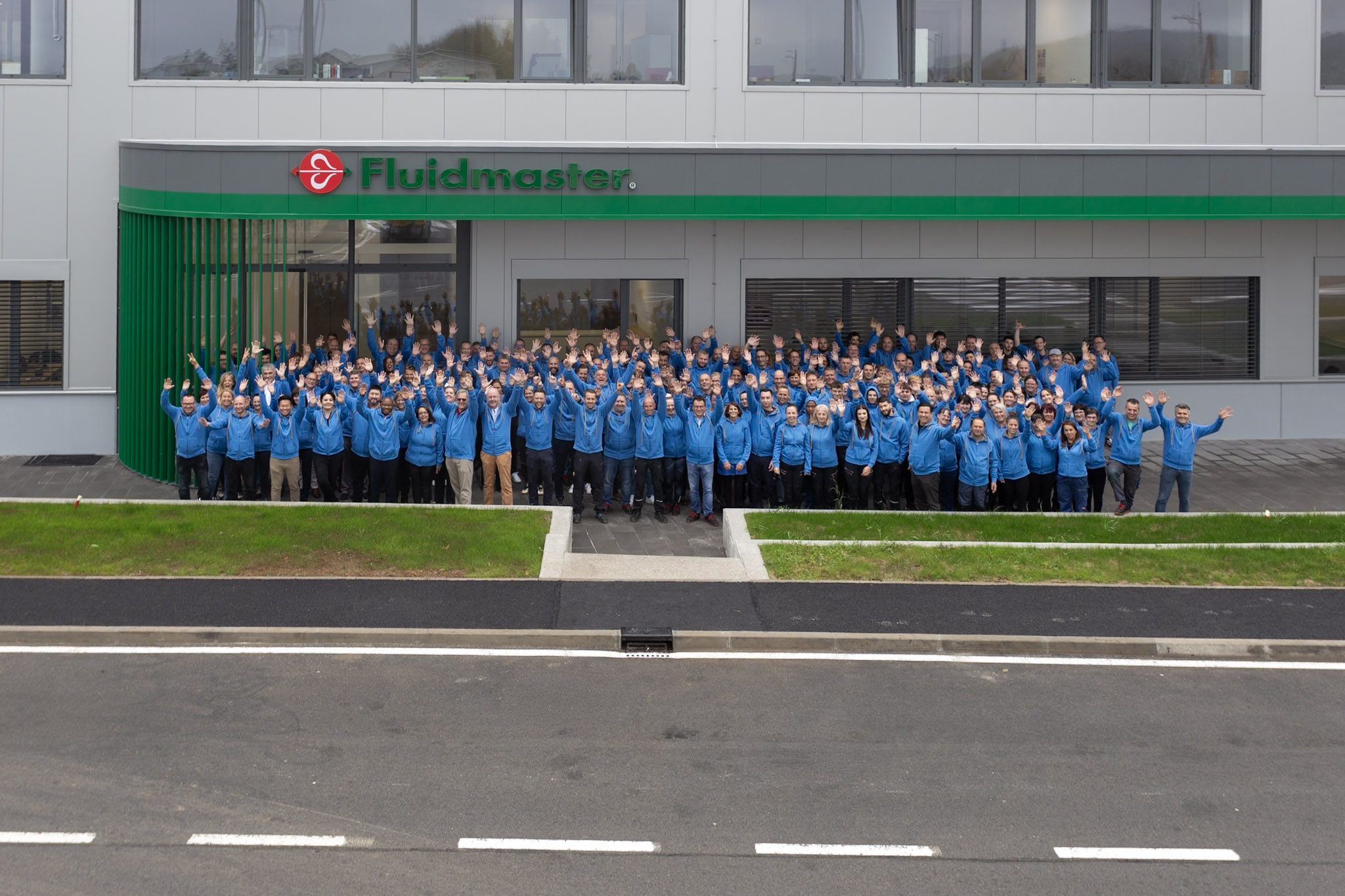
Fluidmaster Open New Facility in Prestranek
On Friday, October 24, 2025, Fluidmaster officially opened its...

To celebrate the final day of Waterwise’s Water Saving Week 2024, we have pulled together a list of our favourite water saving tips and hacks.
You may be asking, why is it important to save water? Surely in the UK we have a plentiful water supply?
The answer is that water scarcity is a real and imminent threat across the UK and in many other developed countries. Water is a limited resource that is vital for our daily lives including food production, all types of product manufacturing, energy, farming and much more. Saving water reduces the prospect of future droughts and ensures that there is clean water available when needed. Using less water can also help to protect against climate change by lessening the demands on the water supply industry. And of course, for the millions of people who have a water metre, using only the water you need can help to save you money!
Read on to find out how you can cut your household or workplace water use…

If you like a cold drink of water, why not keep a large jug of tap water chilling in the fridge? It means that there is no need to run the tap and waste water each time a cold drink of water is needed.

There’s a common misconception that taking a shower always uses less water than running a bath. This may not be true, depending on the duration of the shower you take and the type of shower you have. A lengthy shower with a high-flow head could be using more water than an average bath!
To ensure you are being economical with water, reducing the length of your shower to four minutes or less is a quick and easy way to save many litres of water per day.
If you are not sure how long you have been in the shower for, try this handy hint. Create a playlist of your favourite songs which are between three and four minutes long. Then ensure that your shower is finished by the time one song ends.

The average modern dishwasher uses approximately 9.5 litres of water per cycle. Ensuring that the dishwasher is full before switching it on is an ideal way to save water. Also remembering to use the eco-setting not only saves water, it also uses less energy!

Eating less meat or eating a more plant-based diet is a simple way to cut your water use. A healthy vegetarian diet can reduce an individual’s water footprint from food consumption by up to 55%. If you don’t want to be a full-time vegetarian, even switching to one vegetarian or plant-based meal a week can make a difference.

Try rinsing your fruits and vegetables in a bowl of water, rather than under a running tap. And when you are done, you can use the leftover water in the garden for your plants, pots and baskets.

A running tap can waste up to 6 litres of water per minute! It may sound like common sense, but there are still many people who leave the tap running when performing daily tasks. By remembering to always turn off the tap when washing, shaving or brushing your teeth, you can save many litres of water each day. For instance an average person who brushes their teeth for two minutes, twice a day, could save almost 9,000 litres of water per day by turning off the tap when brushing.

During the summer months many households may put out a paddling pool in the garden to allow children to cool off and enjoy the warm weather. A helpful tip is to leave the same water in the pool for a couple of days. If the water is covered overnight, it stays perfectly clean and ready for the next day.

Buying vintage and pre-loved clothes from either local stores or specialist websites vastly reduces your fashion water footprint. According to Waterwise, “Growing the cotton and dyeing the materials for one pair of jeans and one t-shirt can use up to 20,000 litres of water. It would take you over 13 years to drink this amount!”
As well as saving water and money, you may find some unique pieces when shopping for second-hand clothes. And you will definitely contribute to decreasing the water footprint created by the fashion production industry!

Water running from the cistern, into the toilet pan when the flush is not being activated, can be the cause of an unusually high water bill. This internal water loss is often referred to as a ‘leaky loo’ and can waste between 200 and 400 litres of water per day!
The good news is that it’s easy to identify a leaky loo and the even better news is that fixing one usually takes just a few minutes. Check out this blog to find out more: Spotting and Fixing a Leaky Loo – Fluidmaster (fluidmasteruk.com)

According to Severn Trent Water, “Toilets are the second highest domestic water-using device after showers. They account for one-fifth (22%) of the average British household’s water consumption. In a year, the average household flushes the toilet about 4,600 times. That’s about 28,000 litres of water.” By installing one of our AirGap 6000 delayed-fill cistern valves, you could save up to 1 litre of water with every flush! That’s up to 4,600 litres of water saved per year! Read more about our water-saving fill valve options here: Does Your Cistern Fill Valve Save You Money? – Fluidmaster (fluidmasteruk.com)